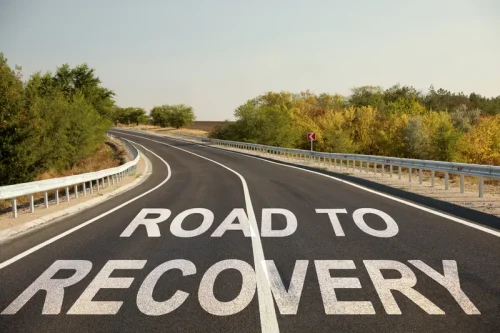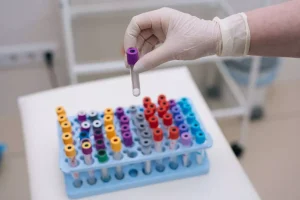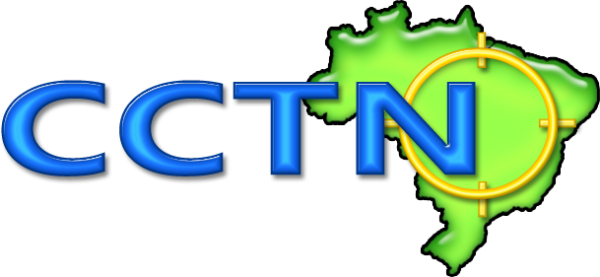
Therefore, students with less engagement in school — a known risk factor for drug use – may have been less likely to participate in the survey. Teens often experience negative emotions and stress that may lead them to substance abuse. In some cases, there are other factors in developing addiction, such as genetics, environment, and peer pressure. Some families of students who have died have been frustrated with how schools are responding or say schools could do more. Of the 20 largest districts in the country, only five confirmed to NPR that they stocked naloxone in all of their schools last school year. And in schools across the country, drug education is ad-hoc, not standardized and oftentimes outdated.
- There are serious health risks to misusing OTC cold and cough products, including increased blood pressure, loss of consciousness, and overdose.
- Sadly, their history of childhood maltreatment significantly increased the severity of their substance-related challenges.
- A study showed that 60% of teens in a community-based substance use treatment program were also diagnosed with a mental health disorder.
- Alcohol is the most commonly abused substance among teens, but rates of nicotine and prescription medication abuse are increasing.
- While the completed survey from 2021 represents about 75% of the sample size of a typical year’s data collection, the results were gathered from a broad geographic and representative sample, so the data were statistically weighted to provide national numbers.
- Because of this, users might be more affectionate than usual and possibly develop ties with total strangers.
Monitoring the Future Survey
- HT drafted the nicotine literature review, the “Future Directions” section, and Figure 1, as well as helped format Supplementary Tables S1–S5.
- The 2021 National Survey of Drug Use and Health found only about 60% of surveyed year-olds self-reported that they saw or heard drug or alcohol prevention messaging in school.
- The present article deals with the narrative review of substance abuse as a public health problem, its determinants, and implications seen among adolescents.
- The teenage brain is vulnerable to the harmful effects of nicotine, including anxiety and addiction.
- Other health problems like allergies, sinus infections, hormone imbalances, or mental disorders can also cause these symptoms in teens.
Marijuana is often thought of as not being “as bad” as other drugs and, in some cases, even good for you. However, marijuana can be harmful to teens because their brains are still developing. Marijuana use in teens is linked to difficulty with problem-solving, memory and learning issues, impaired coordination, and problems with maintaining attention.
Teen Drug Abuse: Signs, Risks, and Treatment
As with combined alcohol and nicotine use, no studies addressing the effects of combined cannabis and nicotine during adolescence on cognition exist. However, some evidence points to increased risk of psychiatric disorders and increased substance use following combined cannabis and nicotine consumption. In addition, a follow-up survey of 12th graders who participated in the 2020 Monitoring the Future study found that adolescent marijuana use and binge drinking did not significantly change during the first six months of the COVID-19 pandemic, despite record decreases in the substances’ perceived availability. It also found that nicotine vaping in high school seniors declined during the pandemic, along with declines in perceived availability of vaping devices at this time. These results challenge the idea that reducing adolescent use of drugs can be achieved solely by limiting their supply.
- This study, combined with those outlined above, suggests that the association between adolescent cannabis use with psychosis, while strong, may not be causal, and further study of the functional contributions of the risk of loci identified in these studies might help to unravel this “chicken-or-egg” problem.
- Reports include key messages, quick facts describing the topics, figures illustrating relevant data, language describing recommendations, evidence-based approaches, and suggested actions and resources.
- Marijuana is among the most often used illegal psychotropic substances in India and internationally.
- Various keywords used under TiAb of PubMed advanced search were Stimulants, “Drug abuse”, “Psychotropic substance”, “Substance abuse”, addiction, and Adolescents, teenage, children, students, youth, etc., including MeSH terms.
- For some adolescents, however, trying a substance like alcohol, marijuana, or illicit drugs leads to regular use.
Why is adolescence a critical time for preventing drug addiction?

“As I became more aware of it through my cousin’s death, I really saw a big need for more education, both among parents, and especially teens.” “So it’s not just educators in schools. It’s parents and families. It’s the communities themselves. It’s every level of government. We have to come together. Too often, the ills of society find the way to our schoolhouse doors, but the resources of society don’t follow them.” But Becky Pringle, president of the National Education Association, the nation’s largest teachers union, warns schools are just one piece of the puzzle. This academic year, education leaders are grappling with how to approach a drug use crisis unlike any they’ve seen before. The 2022 Monitoring the Future data tables highlighting the survey results are available online from the University of Michigan.
Teens may not seek drugs out but are instead introduced to substances by someone they know, such as a friend, teammate, or even a family member. Kaminer stressed that the implications of these findings extend beyond academic research, and highlight the importance of equipping adolescents with effective coping mechanisms to manage their stress and anxiety. These psychoeducational initiatives are vital to reduce problematic substance use. This came to light in a new research study led by the University of teen drug abuse Cape Town’s (UCT) Department of Psychology. Titled “Coping motives as a mediator of the relationship between child maltreatment and substance use problems in South African adolescents”, it was published recently in Child Abuse & Neglect – an interdisciplinary peer-reviewed social science journal that focuses on child protection. The rates of substance abuse and crime in the United States have shown significant changes over time, influenced by various socio-economic factors and drug market dynamics.
This difference in location between survey respondents is a limitation of the survey, as students who took the survey at home may not have had the same privacy or may not have felt as comfortable truthfully reporting substance use as they would at school, when they are away from their parents. In addition, students with less engagement in school – a known risk factor for drug use – may have been less likely to participate in the survey, whether in-person or online. The Monitoring the Future investigators did see a slight drop in response rate across all age groups, indicating that a small segment of typical respondents may have been absent this year. Various treatment facilities and options are available for teenagers suffering from substance abuse problems. Both Kalafatas and Ternan want schools to use some of the lessons they’ve learned to educate students. With schools also struggling to address mental health, learning loss and so many other challenges, they say it’s been an uphill battle.
Monitoring the Future 2021 Survey Results
These products may contain nicotine or other synthetic substances that damage the brain and lungs. The teenage brain is vulnerable to the harmful effects of nicotine, including anxiety and addiction. For some adolescents, however, trying a substance like alcohol, marijuana, or illicit drugs leads to regular use. Once withdrawal and cravings set in, a teen dealing with addiction and dependence may not be able to stop using a substance, even if they want to. MDMA (3,4-methylenedioxy-methamphetamine) was a synthetic drug used legally in psychotherapy treatment throughout the 1970s, despite the lack of data demonstrating its efficacy. Serotonin, dopamine, and norepinephrine are produced more significantly when MDMA is used.
Teenage Drug Addiction: An Overview



